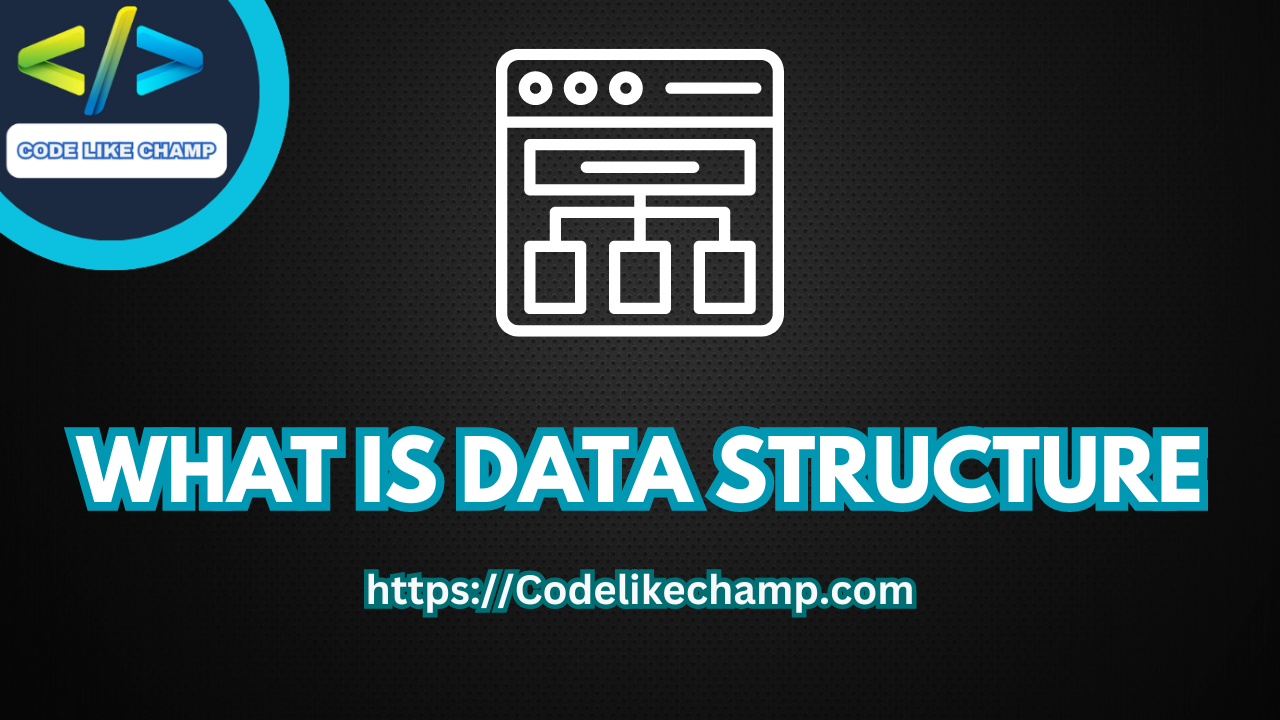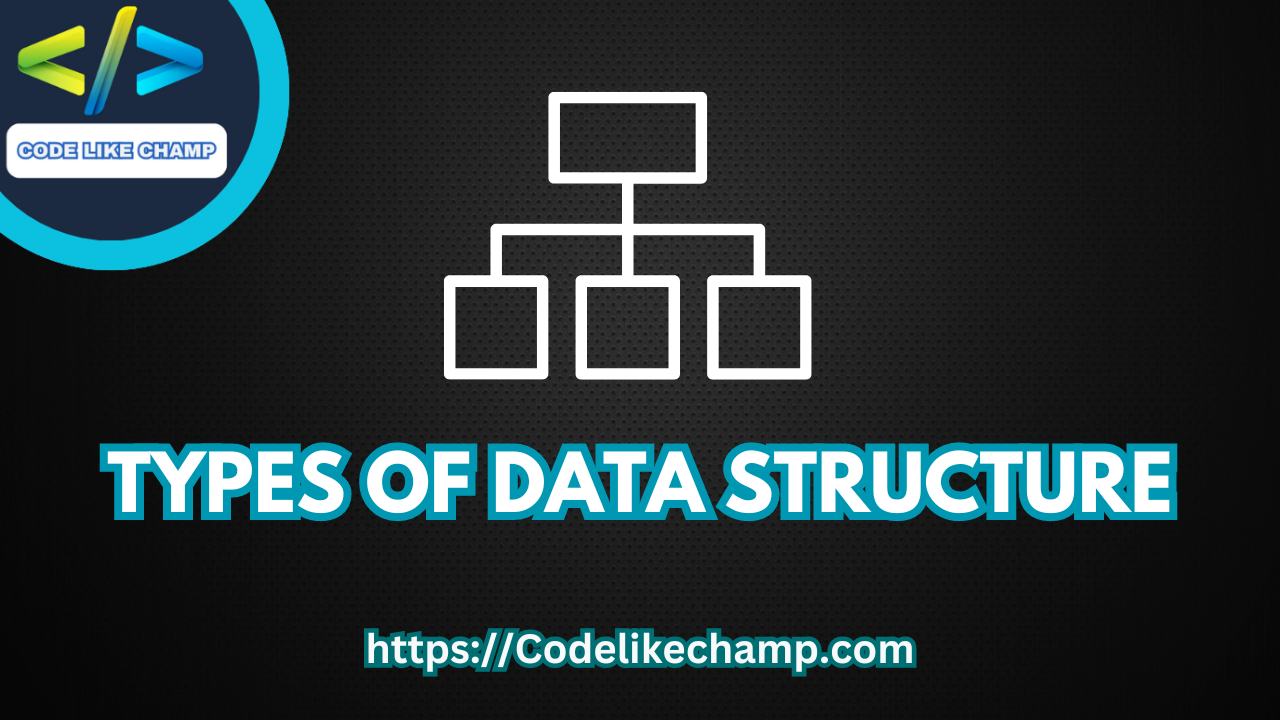Variable Length Arrays in Data Structures
Introduction
In the realm of data structures, efficiency and flexibility are paramount. One tool that aids in achieving these goals is the Variable Length Array (VLA). In this article, we’ll delve into what VLAs are, why they are utilized in data structures, their characteristics, types, advantages, disadvantages, and conclude with insights into their significance.
WANT TO PRO IN DATA STRUCTURE JUST VISIT THIS PAGE IT WILL BE BENEFICIAL FOR YOU –>> DATA STRUCTURE

What is a Variable Length Arrays?
A Variable Length Array, as the name suggests, is an array whose length is determined at runtime rather than compile time. Unlike traditional arrays, where the size is fixed during declaration, VLAs allow for dynamic sizing based on runtime conditions. This flexibility makes them invaluable in scenarios where the size of the data structure is not known in advance.
Why Use Variable Length Arrays in Data Structures?
The primary reason for employing VLAs in data structures is adaptability. In situations where the size of the data to be stored or processed is not predetermined, VLAs offer a convenient solution. They allow the allocation of memory according to the actual requirements at runtime, reducing wastage of memory and improving efficiency.
Characteristics of Variable Length Array
- Dynamic Sizing: VLAs enable the allocation of memory at runtime, facilitating dynamic sizing of arrays.
- Stack Allocation: Typically, VLAs are allocated on the stack, making them efficient in terms of memory management.
- Scope: VLAs have a limited scope, often confined to the block in which they are declared.
Types of Variable Length Array
In general, there are two main types of VLAs:
- Single-Dimensional VLAs: These are arrays where the size is determined dynamically for a single dimension.
- Multi-Dimensional VLAs: Arrays with more than one dimension whose sizes are determined dynamically.
Advantages of Variable Length Array
- Flexibility: VLAs offer the flexibility to adjust the size of arrays based on runtime requirements.
- Efficient Memory Usage: By allocating memory dynamically, VLAs minimize memory wastage.
- Simplified Code: Using VLAs can lead to more concise and readable code, especially in scenarios with variable data sizes.
Disadvantages of Variable Length Array
- Stack Size Limitation: Since VLAs are typically allocated on the stack, there is a limit to the amount of memory that can be allocated, potentially leading to stack overflow errors.
- Portability: Not all programming languages support VLAs, limiting their portability across different platforms.
- Performance Overhead: Dynamic memory allocation and deallocation can incur overhead, impacting performance in certain scenarios.
Code Examples in Various Languages
Note: For brevity, only single-dimensional VLAs are demonstrated in each language.
Variable Length Arrays in C#:
using System;
class Program
{
static void Main(string[] args)
{
int n = 5; // Size determined at runtime
int[] arr = new int[n];
for (int i = 0; i < n; i++)
{
arr[i] = i * 2;
Console.Write(arr[i] + " ");
}
}
}
Output:
0 2 4 6 8
Variable Length Arrays in C:
#include <stdio.h>
int main() {
int n = 5; // Size determined at runtime
int arr[n];
for(int i = 0; i < n; i++) {
arr[i] = i * 2;
printf("%d ", arr[i]);
}
return 0;
}
Output:
0 2 4 6 8
Variable Length Arrays in C++:
#include <iostream>
int main() {
int n = 5; // Size determined at runtime
int arr[n];
for(int i = 0; i < n; i++) {
arr[i] = i * 2;
std::cout << arr[i] << " ";
}
return 0;
}
Output:
0 2 4 6 8
Variable Length Arrays in Python:
n = 5 # Size determined at runtime
arr = [0] * n
for i in range(n):
arr[i] = i * 2
print(arr[i], end=" ")
Output:
0 2 4 6 8
Variable Length Arrays in PHP:
<?php
$n = 5; // Size determined at runtime
$arr = array();
for($i = 0; $i < $n; $i++) {
$arr[$i] = $i * 2;
echo $arr[$i] . " ";
}
?>
Output:
0 2 4 6 8
Variable Length Arrays in Java:
public class Main {
public static void main(String[] args) {
int n = 5; // Size determined at runtime
int[] arr = new int[n];
for(int i = 0; i < n; i++) {
arr[i] = i * 2;
System.out.print(arr[i] + " ");
}
}
}
Output:
0 2 4 6 8
Variable Length Arrays in JavaScript:
let n = 5; // Size determined at runtime
let arr = new Array(n);
for(let i = 0; i < n; i++) {
arr[i] = i * 2;
console.log(arr[i] + " ");
}
Output:
0 2 4 6 8
Conclusion
Variable Length Arrays offer a dynamic approach to array sizing, providing flexibility and efficiency in data structure implementations. Despite some limitations, their ability to adapt to runtime conditions makes them a valuable tool for programmers, enhancing the versatility and performance of their applications. By understanding the characteristics, types, advantages, and disadvantages of VLAs, developers can make informed decisions regarding their usage in various programming scenarios.
For more visit my website Codelikechamp.com





Simply wish to say your article is as amazing The clearness in your post is just nice and i could assume youre an expert on this subject Well with your permission let me to grab your feed to keep updated with forthcoming post Thanks a million and please carry on the gratifying work